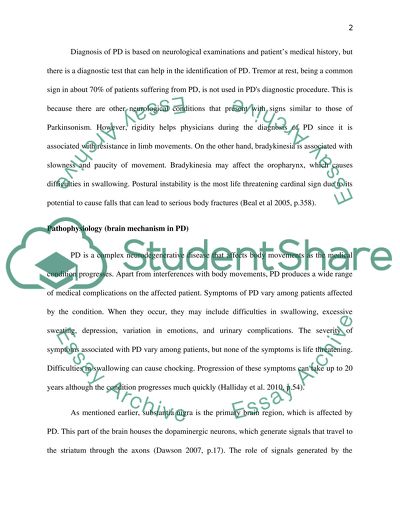Cite this document
(“Brain mechanisms underlying Parkinson disease Essay”, n.d.)
Brain mechanisms underlying Parkinson disease Essay. Retrieved from https://studentshare.org/health-sciences-medicine/1461710-brain-mechanisms-underlying-parkinson-disease
Brain mechanisms underlying Parkinson disease Essay. Retrieved from https://studentshare.org/health-sciences-medicine/1461710-brain-mechanisms-underlying-parkinson-disease
(Brain Mechanisms Underlying Parkinson Disease Essay)
Brain Mechanisms Underlying Parkinson Disease Essay. https://studentshare.org/health-sciences-medicine/1461710-brain-mechanisms-underlying-parkinson-disease.
Brain Mechanisms Underlying Parkinson Disease Essay. https://studentshare.org/health-sciences-medicine/1461710-brain-mechanisms-underlying-parkinson-disease.
“Brain Mechanisms Underlying Parkinson Disease Essay”, n.d. https://studentshare.org/health-sciences-medicine/1461710-brain-mechanisms-underlying-parkinson-disease.


